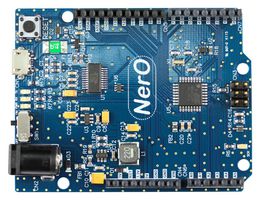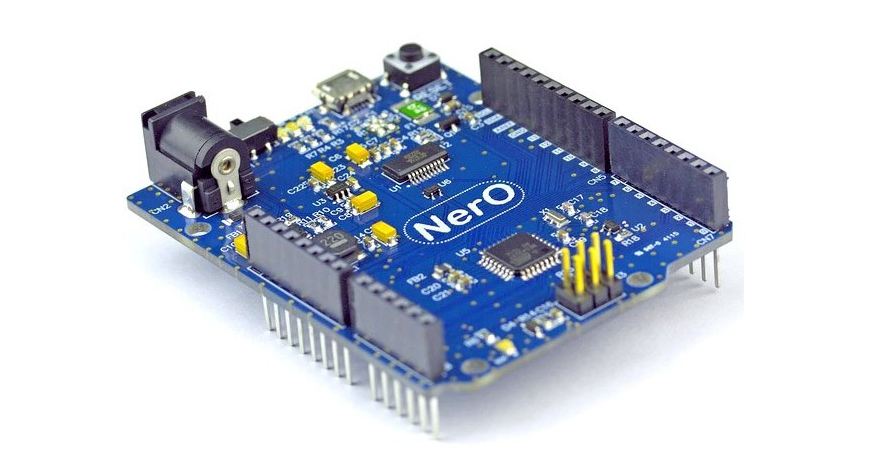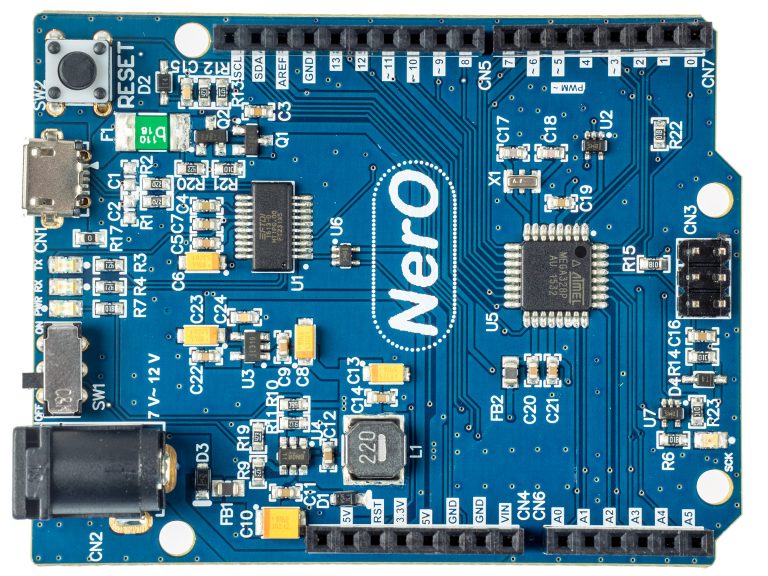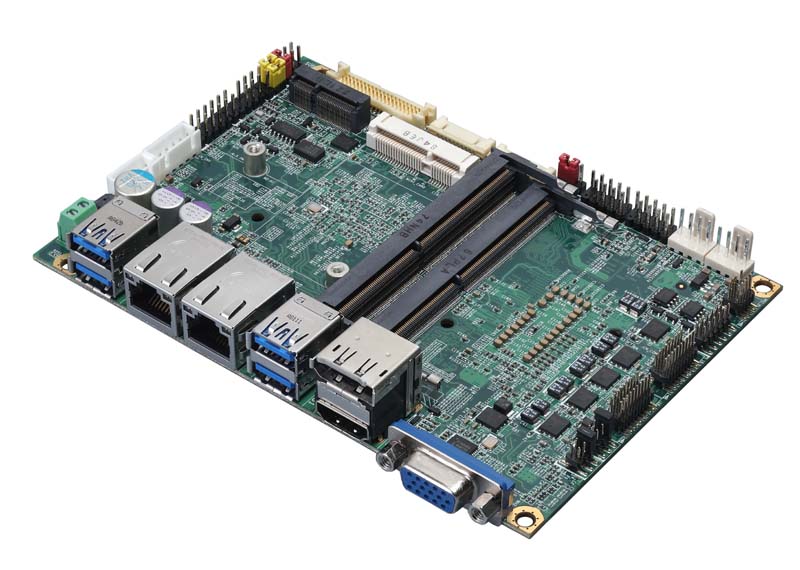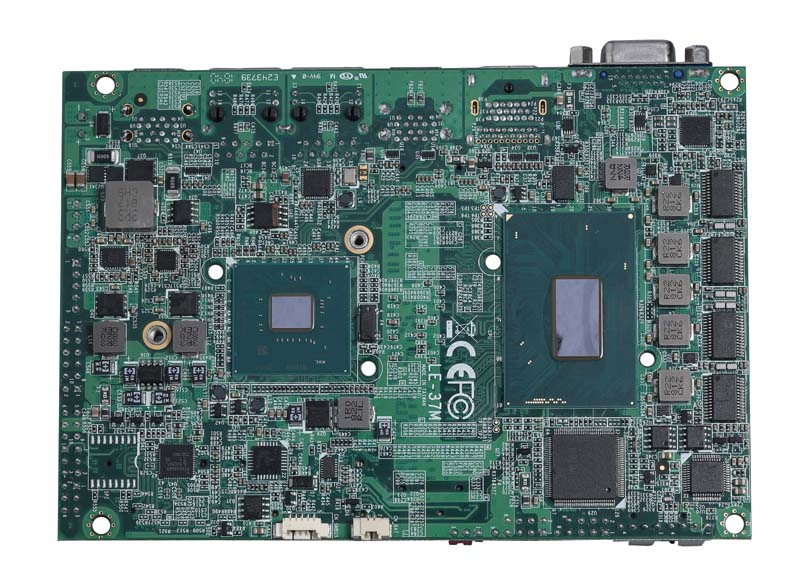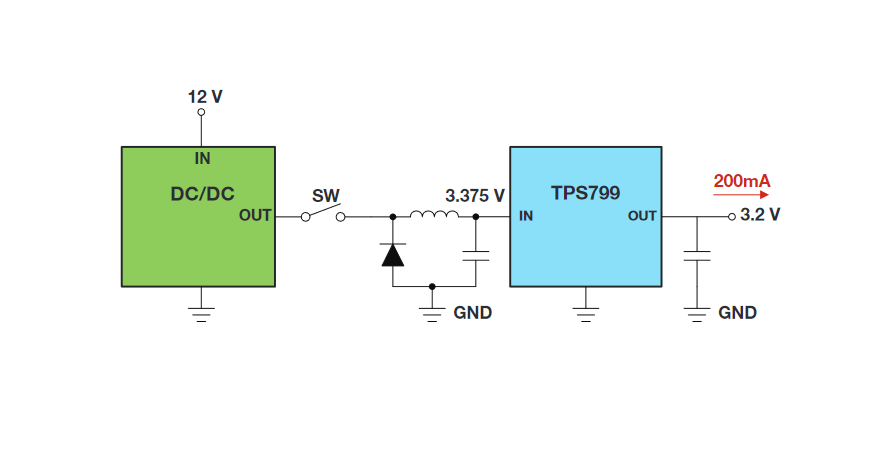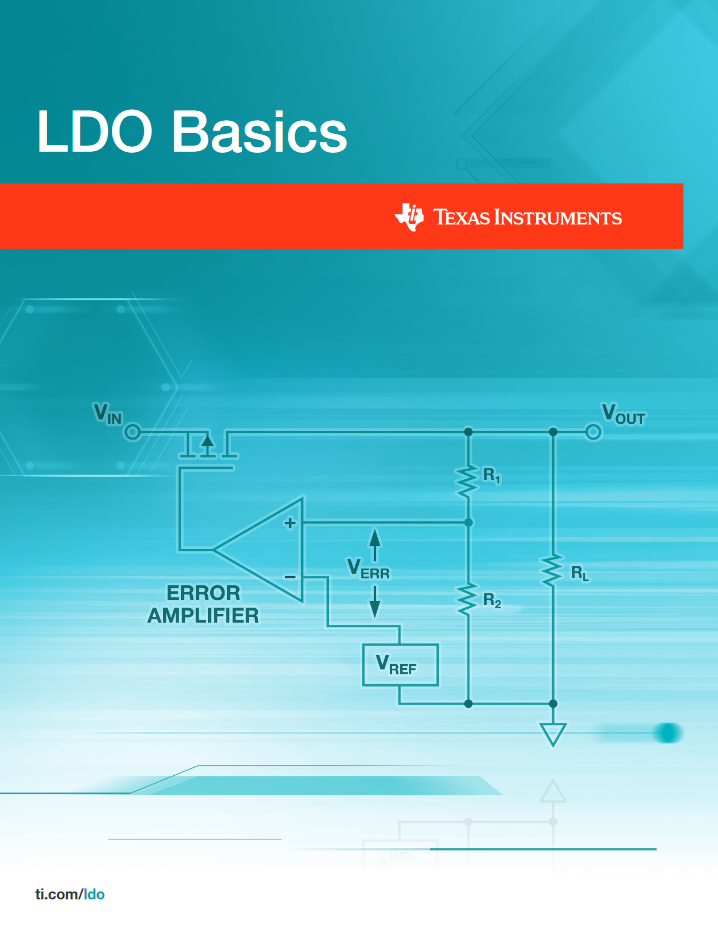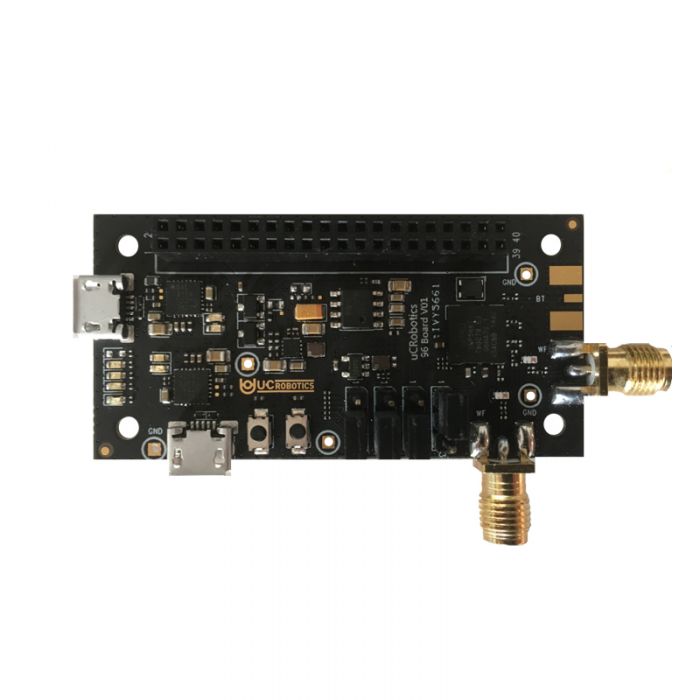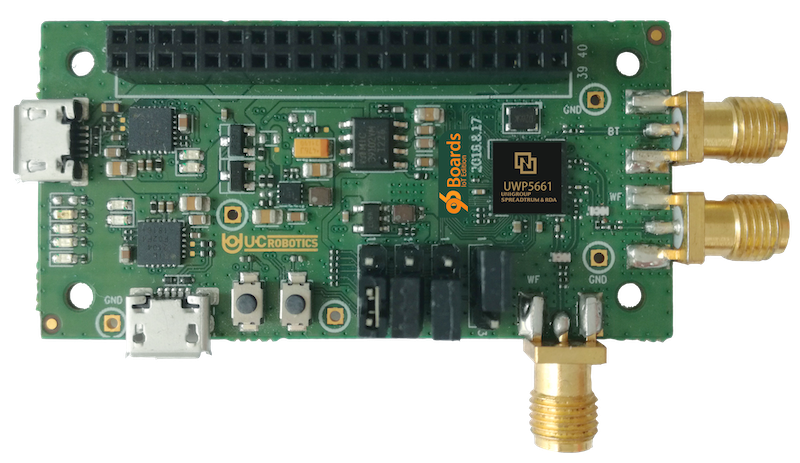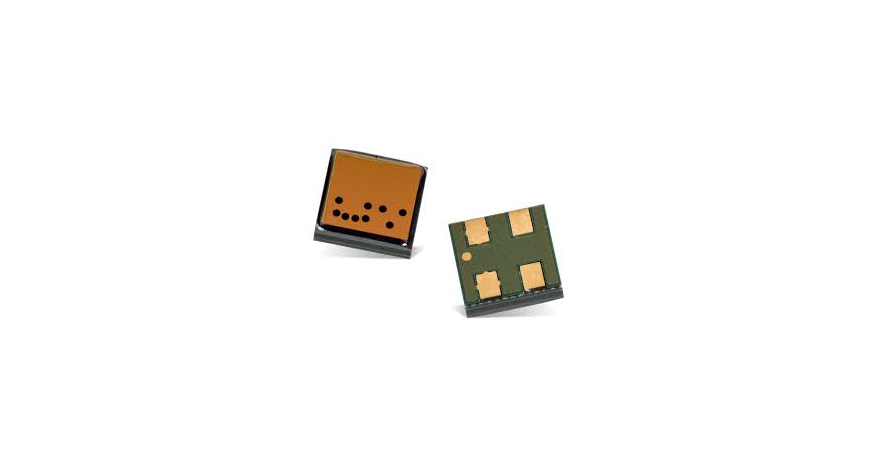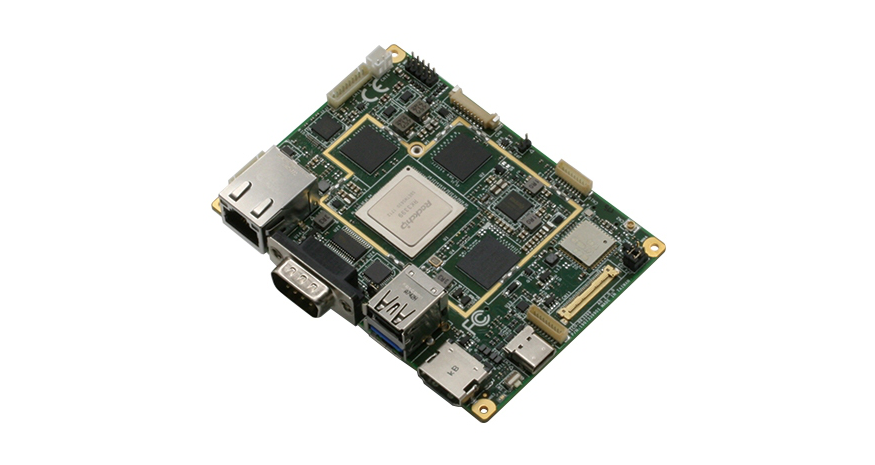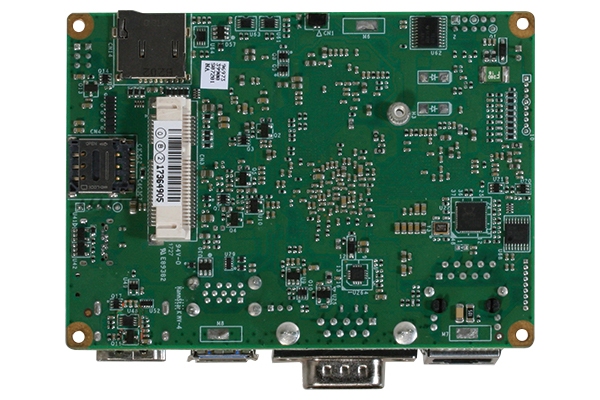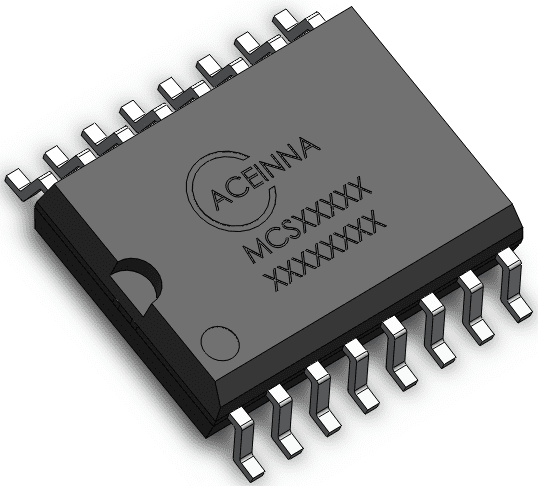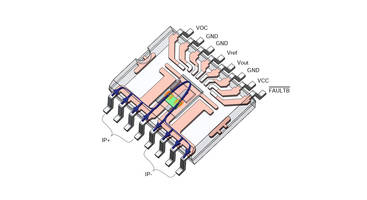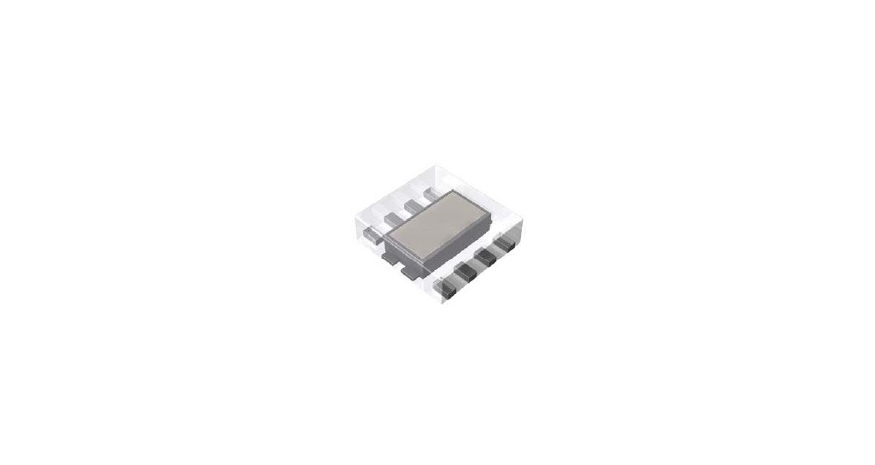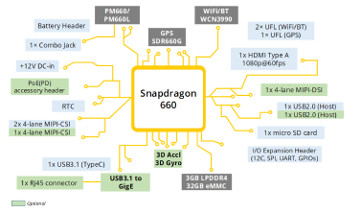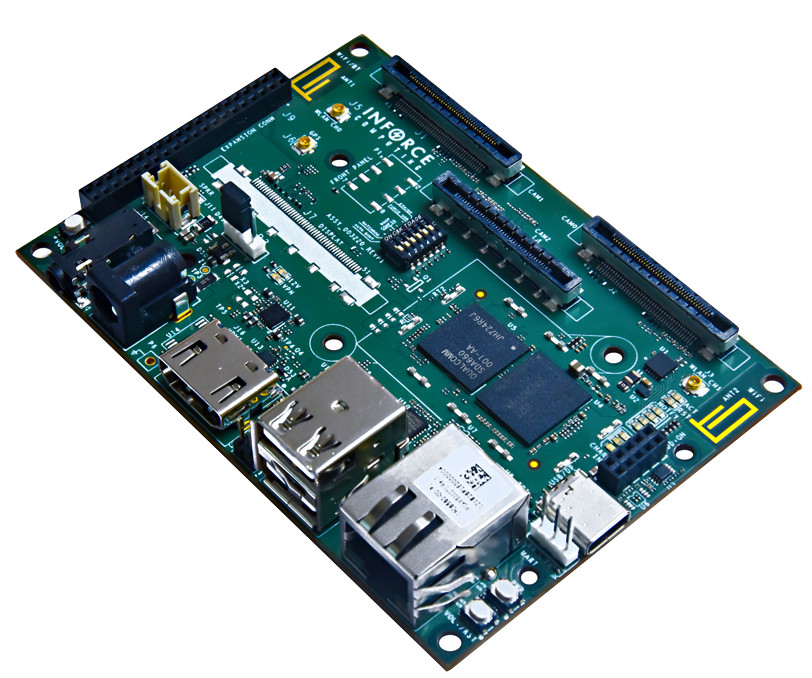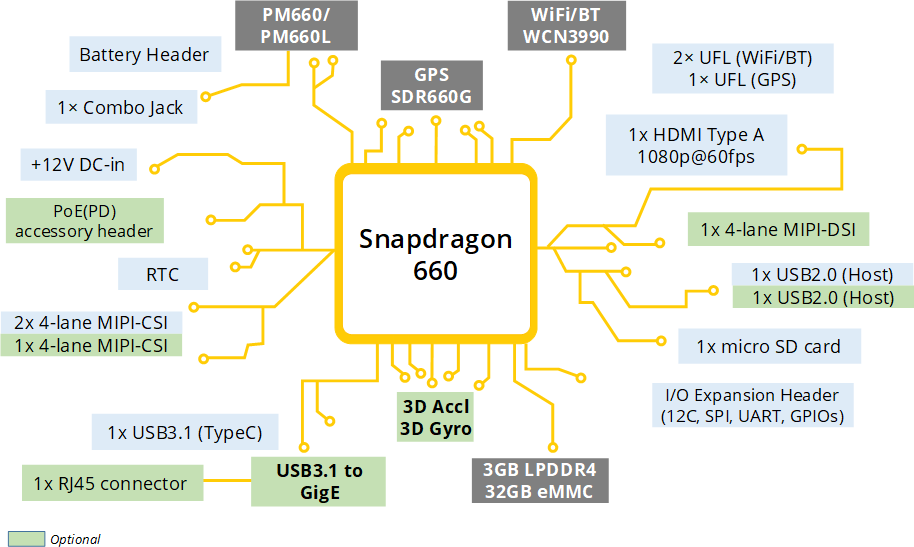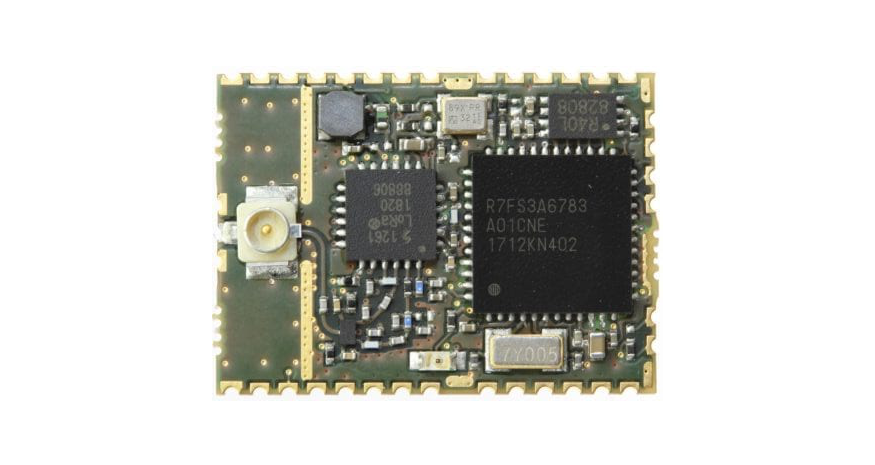
New LoRa Module Enables Engineers to Access LoRaWAN™ Networking and Add Functionality Using Renesas Synergy Hardware and Software
Renesas Electronics Corporation (TSE:6723), a premier supplier of advanced semiconductor solutions, and Miromico AG today announced their collaboration has produced the compact and low-power FMLR-61-x-RSS3 module based on LoRa® devices and wireless radio frequency technology. The new Miromico module enables customers to connect easily to LoRaWAN-based networks that are mushrooming across Europe. The new module employs the innovative Renesas Synergy™ Platform, giving customers access to microcontrollers (MCUs) and a large production-grade software package. Engineers can use the S3A6 MCU on the LoRa-based module to handle various tasks, while seamlessly streaming data across a LoRaWAN-based network to the cloud. The LoRaWAN™ protocol is quickly becoming the de facto standard to connect the “Things” of the Internet of Things (IoT) across long distances (up to 50km), flexibly and securely, while keeping batteries alive for years. Both Renesas and Miromico are LoRa Alliance™ members.
The FMLR-61-x-RSS3 module is only 14.2mm x 19.5mm in size. Its operating voltage is 1.8V to 3.3V, and the module’s power consumption ranges from just 1.4uA in sleep mode to 25.5mA (typical) in TX mode (14dBm). Receiver sensitivity is -148dBm in LoRa mode [email protected] kHz, and the module’s operating temperature range is -40 to 85°C. A highlight of the module is the use of the new licensed LoRaWAN stack with Firmware-Over-The-Air (FOTA) capabilities. Designed to meet all relevant certifications, the module can be used as a mass-produced LoRa solution in the field. In particular, the module’s exceptional specifications make it ideal for urban as well as rural sensing applications such as metering, asset tracking, building automation, security, wearables, predictive maintenance and more.
The FMLR-61-x-RSS3 module employs the S3A6 MCU with integrated 48 MHz Arm® Cortex®-M4 core, and features 256 KB code flash memory, 8 KB data flash, and 32 KB SRAM, which is enough memory to allow engineers to add a variety of their own functions. Most MCU signals are available at the module level to make them externally accessible. Manufactured in a low- power process, the S3A6 peripheral set includes analog features such as a 14-bit SAR analog- to-digital converter (ADC), 12-bit digital-to-analog converter (DAC), op amps, and comparators. Various timer channels and serial ports, USB function, CAN, DMA, and powerful safety and security hardware makes the S3A6 an ideal MCU for a wide range of battery-operated applications. In addition, the S3A6 is part of a large Renesas Synergy MCU portfolio, making it easy to scale up to more functionality or scale down for cost optimization.
The Renesas Synergy Platform features the Synergy Software Package (SSP), which comprises a large selection of production-grade software. SSP includes the ThreadX® RTOS and lots of associated middleware such as a file system, USB stack, graphical user interface (GUI) software, application frameworks and functional libraries that can be used for encryption and DSP functions. This unique and powerful combination of hardware and software helps customers significantly accelerate their product development schedule.
more information:


